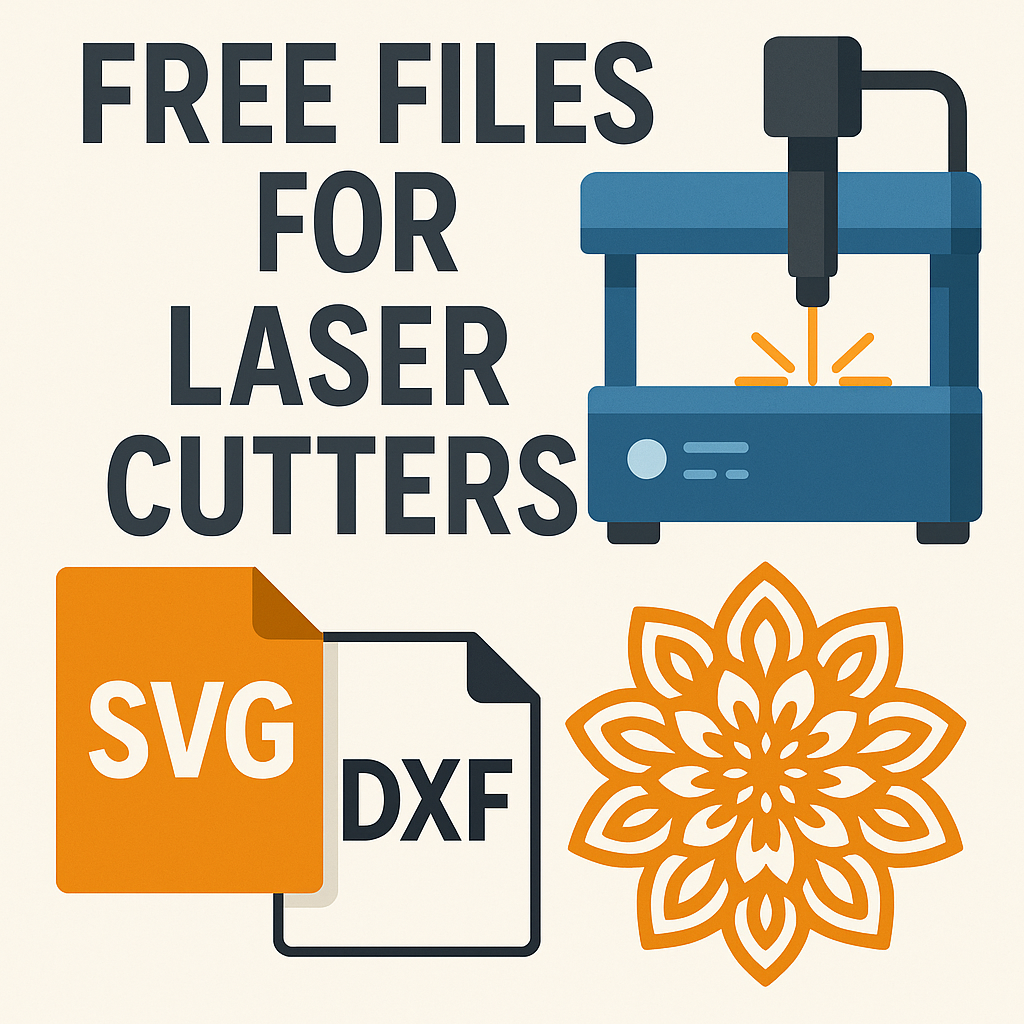Confused by file formats? This guide explains the most common files used in CNC routing—what they mean, how they work, and when to use each.
1. Overview of Common CNC File Types
When you're just getting started with a CNC router, file formats can feel like a confusing mess of acronyms: DXF, SVG, STL, G-code, STEP… and the list goes on.
Understanding which file types your CNC machine can use—and when to use each—is essential for successful carving. Whether you're making 2D signs or full 3D reliefs, the file format you start with affects every stage of your project, from design to toolpath generation.
In this guide, we'll break down the most common CNC-compatible file types used in hobby and prosumer CNC routers. You'll learn:
- What each file type represents
- Which formats are best for 2D vs 3D work
- Which software supports them
- How to convert between formats
2. What is a DXF File?
DXF stands for Drawing Exchange Format. It’s a vector file format developed by Autodesk and widely used in CAD (Computer-Aided Design) programs.
DXF files are the standard choice for 2D CNC operations, including:
- Profile cutting
- Pocketing
- Drilling
- Sign making
- Inlays
Because DXF is a vector format, it stores lines, arcs, and curves in a mathematically precise way. That makes it ideal for defining toolpaths with sharp edges and consistent dimensions.
Benefits:
- Highly compatible with CNC CAM software
- Editable in most CAD tools
- Supports design layers
Use DXF when you want precision and control for 2D CNC routing tasks.
3. When to Use SVG for 2D Projects
SVG (Scalable Vector Graphics) is another vector file format, commonly used in design software like Adobe Illustrator and Inkscape.
While SVG is less precise than DXF, it's useful for more artistic or design-focused projects such as:
- Laser engraving and cutting
- CNC sign making
- Decorative panels
Tips for working with SVG files:
- Convert text to paths
- Simplify nodes
- Avoid layers and fills that might confuse your CAM software
4. STL Files and 3D Carving
STL (Stereolithography) files describe 3D surfaces using triangle meshes. They're the standard format for 3D printing and CNC 3D carving.
STL is ideal for:
- Relief carving
- Topographic maps
- Sculptures
- Organic shapes
Limitations of STL:
- No unit or color data
- Not easily editable
- Mesh resolution affects quality
Recommended Software:
- Vectric Aspire
- Fusion 360
- MeshCAM
- Carveco
5. Other File Formats You Might Encounter
- G-code (.nc, .tap): Instructions your CNC machine reads
- STEP (.step, .stp): Parametric, editable 3D files used in engineering
- AI, PDF, EPS: Vector formats from graphic design; often need cleanup for CAM use
- CAM Project Files (.crv, .f3d, .c2d): Save design settings and toolpaths inside software
6. File Format Compatibility by CNC Workflow
| Task | Best File Format(s) |
|---|---|
| 2D Profile Cutting | DXF, SVG |
| Sign Carving | SVG, DXF |
| 3D Carving | STL |
| Mechanical Design | STEP, DXF |
| Laser Engraving | SVG, AI |
| Relief Sculpture | STL |
7. Tips for Managing CNC Files
- Organize files by project name and type
- Use reliable tools for format conversion (e.g., Inkscape, FreeCAD, MeshLab)
- Keep backup copies and version control
- Always preview toolpaths before carving
8. Conclusion: Choose the Right Format for the Job
File types aren’t just technical details—they shape how your CNC project turns out.
Use DXF for precision 2D work, SVG for decorative design, STL for 3D carving, and STEP for parametric models. As you gain experience, choosing and converting file types will become second nature.
Start with the right format, and everything else—from CAM to carving—gets easier.
Related Products: Explore CNC Router Bits at TwoTrees


